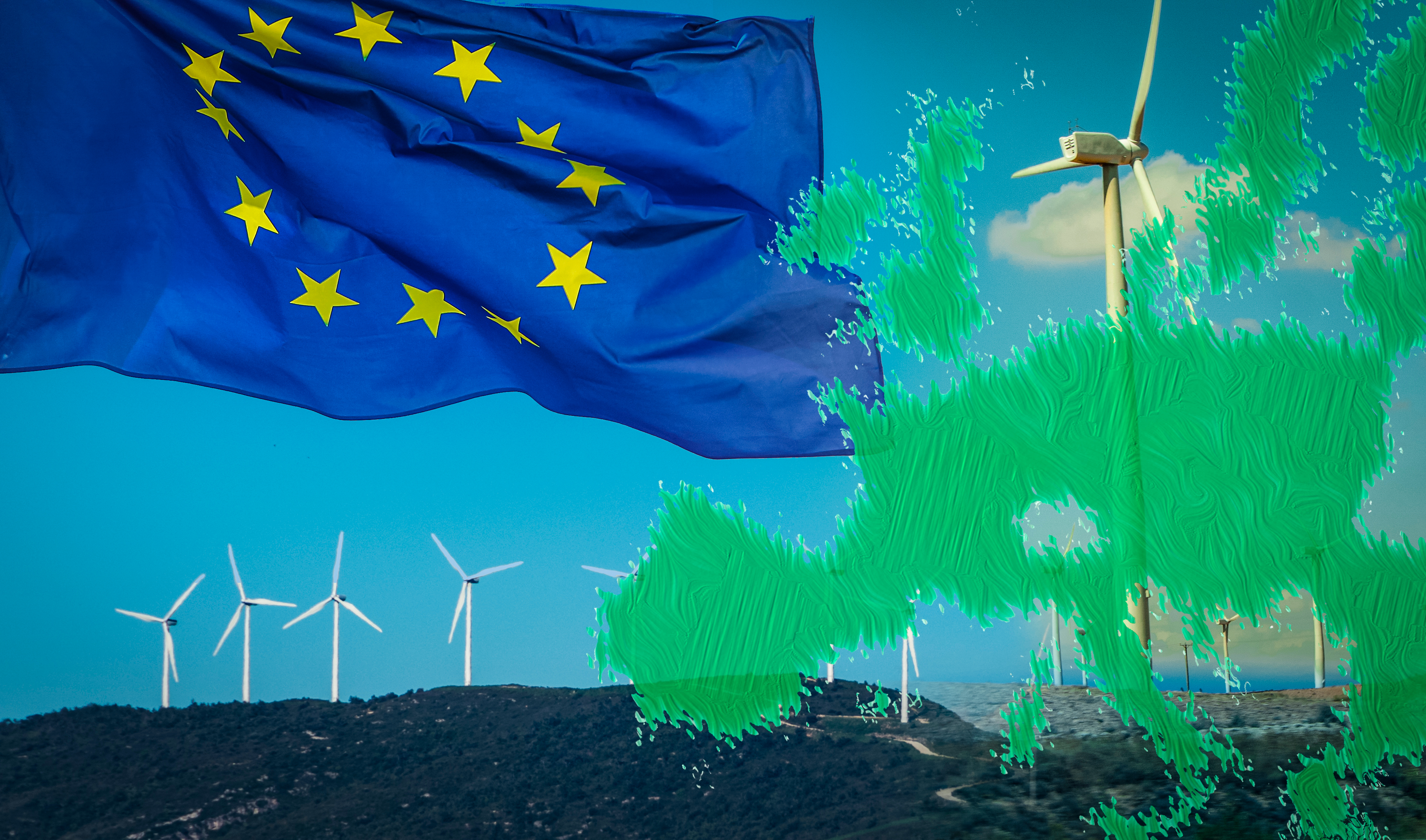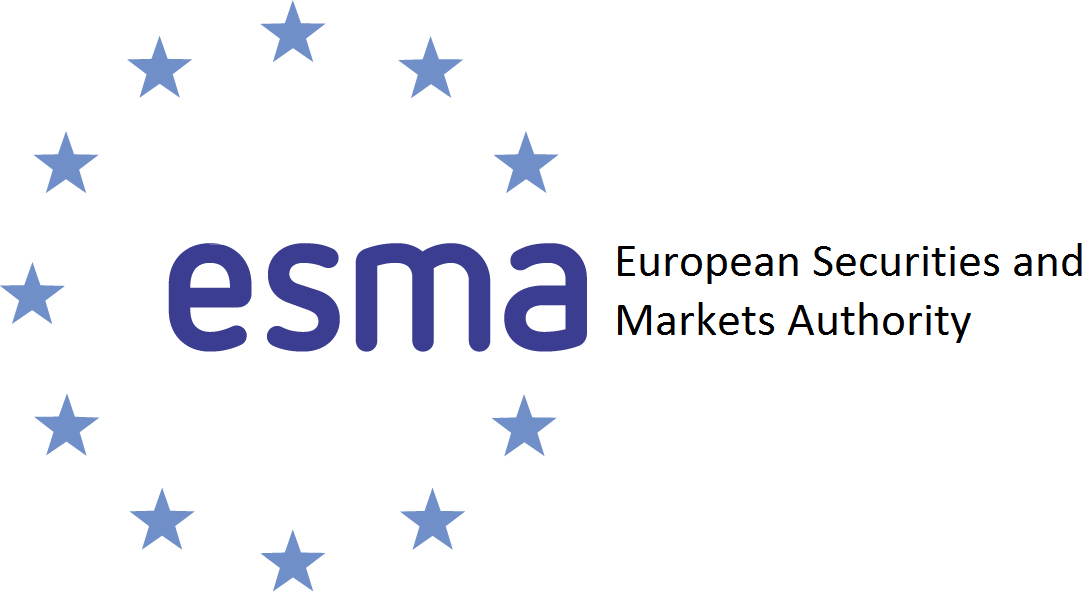The new MiFID II obligation that requires discretionary fund managers (DFMs) to ask about their client’s preferences on sustainable investments is set to provide a significant boost to ESG ETFs, fund buyers have said.
The suitability requirement, which came into effect on 2 August, will also make investors meet their client’s sustainable preferences while also considering their other investment objectives.
First outlined by the European Securities Market Authority (ESMA) in 2021, the new rules apply to all forms of investment advice as well as portfolio management.
Clients will have three options under the requirement; an alignment with the European Union’s Taxonomy, a percentage in investments as defined by the Sustainable Finance Disclosure Regulation (SFDR) and a quantitative or qualitative consideration of principle adverse impact.
Damien Lardoux, head of impact investing at EQ Investors, said while he does expect the new requirements to impact flows over the long term, it is likely advisers have already been adhering to the new regulation, meaning an uptick of flows into ESG ETFs may have already been felt.
“It will impact flows over the long term but I would not expect a sudden rise of inflows from the day it has been implemented,” he said. “Many advisers have already been proactive on this topic.”
Despite this, many in the industry feel the regulation has the potential to boost capital flows into ESG ETFs.
Silvia Bosoni, head of group ETFs at Borsa Italiana, said she expects the new requirements to boost flows into ESG ETFs, driven by the younger demographic.
“Investment in the ESG ETF space will grow because of the requirement and will be driven by younger investors,” she said.
“At the moment, retail investors [in Italy] are not too aware of ESG so the sustainable instruments they invest in will be clearer to them so I am quite sure that flows will head into ESG products as a result.”
Andrew Limberis, investment manager at Omba Advisory & Investments, agreed it would be a positive for flows but expects the impact to be more of a slow burn.
“I do not expect an immediate increase in flows into ESG products given the regulation allows investment firms to identify the client’s individual sustainability preferences at the next regular update of the existing suitability assessment,” he said.
“I see the legislation as advancing the conversion about sustainability and in doing so improve education for both clients and advisors, which has a long way to go but at least it is moving in the right direction.”
While flows may well increase into ESG ETFs, the implementation of the new rules is not without its challenges.
Issues around data, which currently dogs much of sustainable finance, are also likely to cause issues for DFMs, particularly when it comes to the different approach’s asset managers take in labelling their products under SFDR, as well as aligning with the EU’s taxonomy.
“The challenge, as with many aspects of sustainability, is around the data quality,” Limberis continued. “Without complete, accurate and consistent data it can be difficult to consider all relevant sustainability risks amongst many of the regulations other requirements.”
Furthermore, ESMA has yet to update its guidelines on certain aspects of the suitability requirements including freshly implemented sustainability preferences.
As a result, the Luxembourg-based supervising watchdog the Commission de Surveillance du Secteur Financier (CSSF) warned the investment community to adhere to the new rules.
“The CSSF expects supervised entities that provide investment advisory or discretionary portfolio management services to collect and take into account all relevant information related to the sustainability preferences of new clients and to update existing client information at the latest at the next regular update of the client’s profile,” it said.
Related articles






